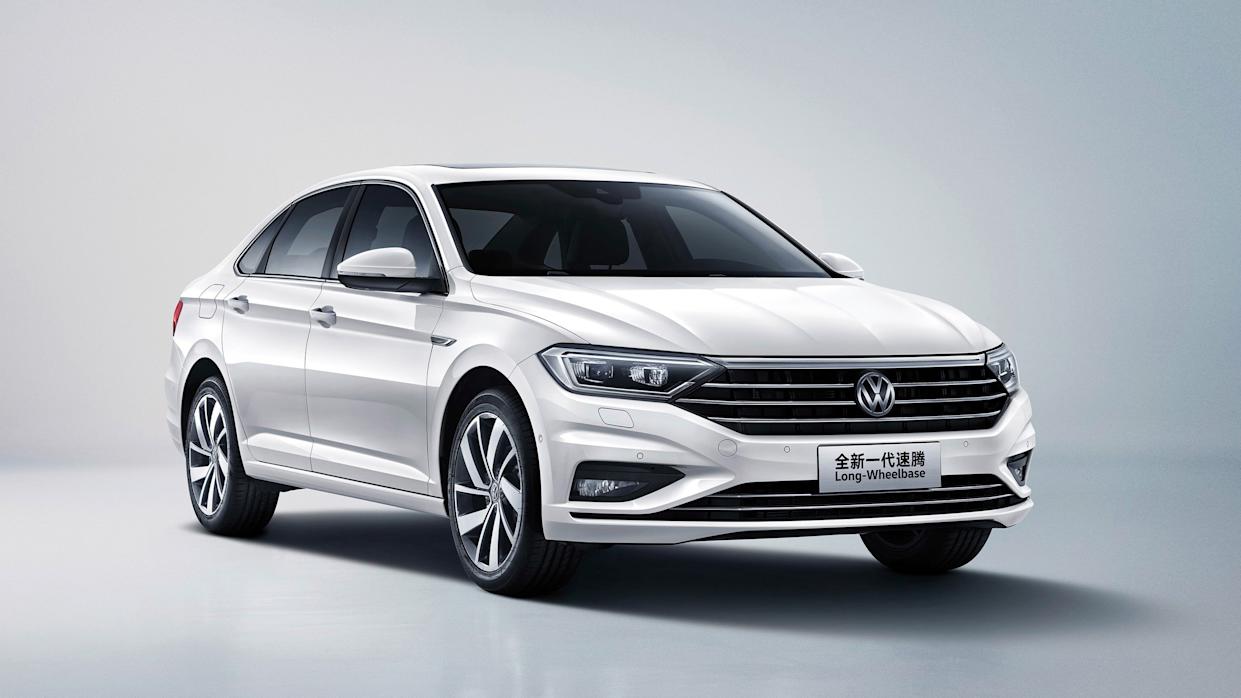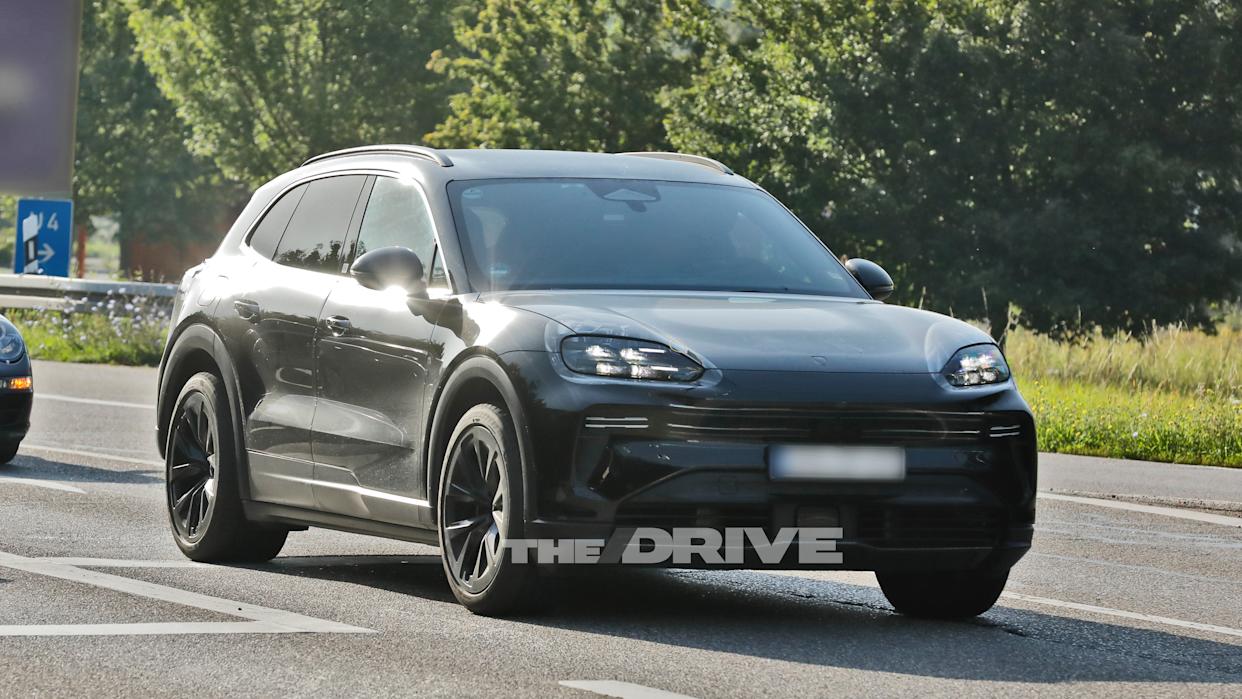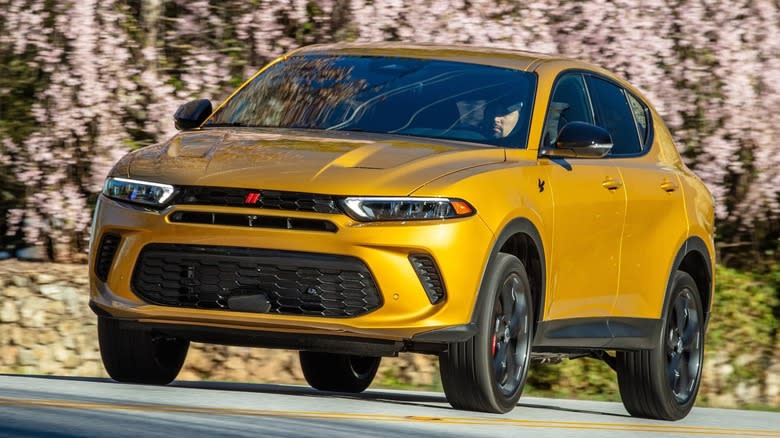
Volkswagen Group has expanded its relationship with Chinese EV specialist Xpeng by agreeing to adopt the company’s electronic architecture for VW brand’s future combustion-engine cars developed for China.
VW has leaned on Xpeng for a wide range of electric-focused technology since buying a 5 percent stake in the Tesla rival in 2023. This is the first time, however, that VW will integrate Xpeng’s tech in its core combustion-engine range, which accounts for a majority of the group’s sales in China.
Having an advanced, easily updatable electronic architecture is seen as essential for the software-defined cars that tech-savvy Chinese customers increasingly demand.
VW announced in 2024 that it would switch to the China Electronic Architecture developed by Xpeng along with the Volkswagen Group China Technology Company (VCTC) and its software arm, Cariad, for all VW brand electric cars developed in China, with the first due in 2026.
The architecture is based around three powerful “zonal” computers that each control a group of electronic functions. VW said this switch away from individual controllers would reduce the number of control units by 30 percent and reduce costs and system complexity.
VW said it enables faster software improvements and over-the-air updates, as well as significantly shortening vehicle development times.
Under the new agreement with Xpeng, VW Group will roll out the architecture to future VW brand models developed in China for sale in the country.
“That is a major expansion of our scope of the collaboration with our partner,” Charles Zhang, head of Xpeng’s corporate finance and investments, said on the company’s second-quarter earnings call August 19. “I believe that Volkswagen is probably the only global auto company…that has one E/E [electronic/electric] architecture platform across all powertrains.”
No date was given for the launch of the first combustion-engine model with the new architecture.
Move to new electronic architecture will lower VW’s cost base in China
VW Group China CEO Ralf Brandstätter said in a statement that by adopting the China Electronic Architecture to the combustion-engine fleet, the company was “strengthening our technological leadership in the conventional powertrain sector.”
The move would also improve the VW Group’s cost base in China, Brandstätter, said. VW has moved to overhaul its business structure in China, including shutting a plant in Nanjing, as homegrown rivals continue to increase market share at the expense of global players, while a continuing price war is hurting profitability.
The vast majority of the VW Group’s 1.3 million sales through June in China were combustion-engine cars, with battery-electric vehicles accounting for just 4.5 percent of the total after sales fell 35 percent to 59,351, company figures show. The combustion-engine VW Sagitar and VW Passat were the two biggest sellers.
Next year, VW brand will launch the first vehicle built on the CMP (China/Compact Main Platform) architecture derived from Xpeng’s Edward platform used by the company’s G9 electric SUV. The first car was previewed at the Shanghai auto show by the ID Aura, which also incorporated the China Electronic Architecture.
Xpeng and the VW Group forged a partnership in 2023, when VW bought 4.99 percent of Xpeng for about $700 million. As well as the vehicle and electronic platforms, the two announced in January that they had agreed to expand their partnership to cooperate on ultra-fast electric-vehicle charging networks in China .








Comments